Introduction
Rock sugar pear soup, a traditional Chinese dessert soup, has been cherished for centuries for its soothing properties and delicate flavor. Made by simmering pears with rock sugar—a type of unprocessed cane sugar—this dish is often consumed to alleviate coughs, moisturize the throat, or simply enjoy as a comforting treat. However, a common query arises among home cooks and health enthusiasts: Can honey be added to rock sugar pear soup to enhance its taste or nutritional value? This article delves into the culinary, cultural, and scientific dimensions of combining honey with this classic recipe, examining whether this pairing is a harmonious blend or a clash of flavors and traditions.
The Basics of Rock Sugar Pear Soup
Before addressing the honey question, it is essential to understand the foundation of rock sugar pear soup. The dish typically features fresh pears, such as Asian pears or snow pears, cooked until tender in a syrup made from rock sugar and water. Rock sugar, or bingtang in Chinese, is prized for its ability to impart a subtle, natural sweetness without overpowering the pear’s mild flavor. In traditional Chinese medicine (TCM), this soup is believed to nourish the lungs, clear heat, and relieve dryness, making it a popular remedy during cold seasons or for individuals with respiratory issues.
Honey: Nature’s Golden Elixir
Honey, on the other hand, is a viscous sweetener produced by bees from flower nectar. Renowned for its rich taste and diverse uses—from sweetening beverages to treating wounds—honey contains antioxidants, enzymes, and antimicrobial compounds. Unlike rock sugar, which is primarily sucrose, honey comprises fructose and glucose, along with trace amounts of vitamins and minerals. Its flavor profiles vary widely depending on the floral source, ranging from light and floral to dark and robust.
Culinary Compatibility: Flavor and Texture
The first consideration when combining honey with rock sugar pear soup is flavor harmony. Rock sugar’s sweetness is clean and understated, allowing the pear’s natural essence to shine. Honey, by contrast, introduces a layer of complexity with its floral, herbal, or even spicy notes, depending on the variety. For instance, acacia honey’s mild taste might complement the soup’s subtlety, while buckwheat honey’s boldness could dominate the dish.
Texture is another factor. Rock sugar dissolves completely during cooking, leaving a smooth, clear broth. Honey, when added to hot liquids, may thicken the soup slightly, creating a silkier consistency. However, if honey is cooked at high temperatures for extended periods, its delicate enzymes and nutrients could degrade. To preserve its benefits, many chefs recommend stirring honey into the soup after it has cooled slightly or using it as a garnish.
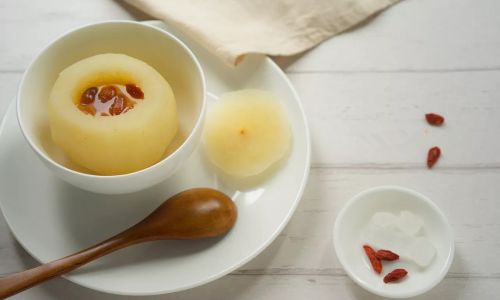
Health and Nutritional Synergies
From a health perspective, both ingredients offer distinct advantages. Rock sugar, while providing quick energy, lacks significant nutrients. Honey, in contrast, boasts antioxidants like flavonoids and phenolic acids, which may reduce inflammation and support immune function. Additionally, honey’s antimicrobial properties could amplify the soup’s traditional role in soothing sore throats.
However, combining the two sweeteners raises questions about sugar intake. Excessive consumption of added sugars, even natural ones, is linked to health issues like obesity and diabetes. Those monitoring their sugar intake should use honey and rock sugar judiciously, perhaps opting for smaller quantities of both or substituting one entirely.
Cultural and Traditional Perspectives
In TCM, food pairings are often guided by the concept of xing (nature) and wei (flavor). Rock sugar is considered “neutral” in nature, making it suitable for balancing the “cooling” properties of pears. Honey, while also cooling, has a stronger flavor profile that might disrupt the delicate equilibrium of the original recipe. Some practitioners argue that honey’s sticky texture could interfere with the soup’s ability to clear phlegm, a key benefit in TCM.
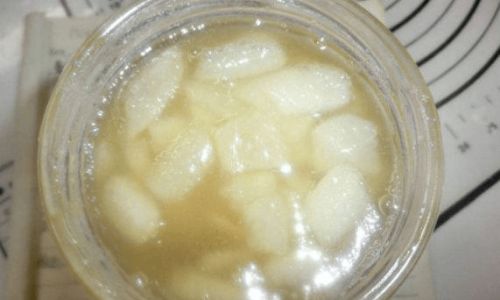
Culturally, rock sugar pear soup is deeply rooted in Chinese culinary traditions, where simplicity and respect for ingredients are paramount. Introducing honey, a staple in Western and Middle Eastern cuisines, might be seen as a modern adaptation rather than an authentic enhancement. Yet, in an era of global fusion cuisine, blending traditions can yield exciting new flavors.
Practical Tips for Combining Honey and Rock Sugar Pear Soup
For those eager to experiment, here are guidelines to achieve the best results:
- Choose the Right Honey: Opt for mild varieties like clover or orange blossom honey to avoid overwhelming the pears.
- Add Honey Post-Cooking: Stir honey into the soup after removing it from heat to retain nutritional benefits.
- Adjust Sweetness: Use less rock sugar if adding honey to prevent over-sweetening.
- Temperature Control: Serve the soup warm or chilled, depending on personal preference and the type of honey used.
Variations and Innovations
The versatility of rock sugar pear soup allows for creative twists. For example:
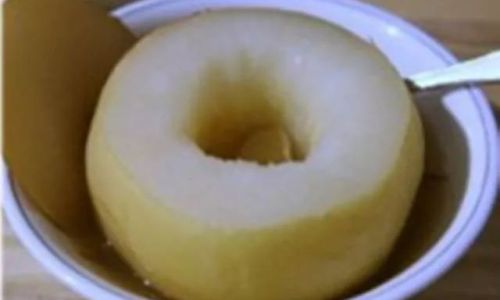
- Honey-Ginger Pear Soup: Add fresh ginger and a drizzle of honey for a spicy-sweet kick.
- Honey-Infused Pear Compote: Cook pears in a honey-water mixture until caramelized, then serve with yogurt or granola.
- Iced Pear Tea with Honey: Brew pear-flavored tea, sweeten with honey, and garnish with pear slices.
Potential Pitfalls to Avoid
While honey can elevate the soup, pitfalls exist:
- Overpowering Flavor: Using strong-flavored honey, such as chestnut or eucalyptus, may clash with the pears.
- Nutrient Loss: Cooking honey at high temperatures destroys its enzymes and antioxidants.
- Allergies: Honey is unsuitable for infants under one year due to botulism risk.
Expert Opinions and Scientific Studies
Culinary experts and nutritionists offer mixed views. Chef Li Wei, a proponent of traditional Chinese cooking, cautions: “Honey alters the soup’s purity. Rock sugar’s subtlety is integral to its healing essence.” Conversely, Dr. Elena Thompson, a holistic nutritionist, notes: “Honey’s antioxidants can boost the soup’s immune benefits, provided it’s added responsibly.”
Scientific research supports honey’s respiratory benefits. A 2021 study in the Journal of Ethnopharmacology found that honey reduced cough frequency in adults with upper respiratory infections, aligning with the soup’s traditional use. However, no studies directly compare honey-enhanced rock sugar pear soup to the original recipe.

Global Adaptations and Trends
In multicultural cities like London and New York, chefs are reimagining rock sugar pear soup with honey. At “Nourish Roots,” a fusion restaurant in Brooklyn, the soup is served chilled with a honey-lime drizzle and mint, appealing to health-conscious diners. Similarly, in Singapore’s hawker centers, vendors offer a “honey-pear” dessert, combining slow-cooked pears with local honey varieties.
Environmental and Ethical Considerations
The sourcing of honey and rock sugar also warrants attention. Mass-produced honey may contain additives or be ethically questionable due to bee farming practices. Opting for organic, locally sourced honey ensures quality and supports sustainable beekeeping. Rock sugar, often processed from sugarcane, should be purchased from brands committed to fair trade and eco-friendly refining.
Conclusion: A Matter of Balance
In conclusion, the question of whether honey belongs in rock sugar pear soup hinges on individual preferences, health goals, and cultural respect. While purists may champion the traditional recipe’s simplicity, adventurous cooks can explore honey as a complementary ingredient. The key lies in moderation, mindful sourcing, and an appreciation for how these two sweeteners—one ancient, one timeless—can coexist in a single bowl.

Whether you sip the soup in its classic form or experiment with honey’s golden notes, the dish remains a testament to the enduring power of nourishing, comforting food. As culinary boundaries blur and health awareness grows, the humble pear soup invites us to savor both tradition and innovation, one spoonful at a time.



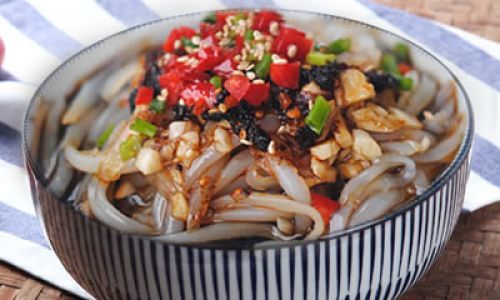

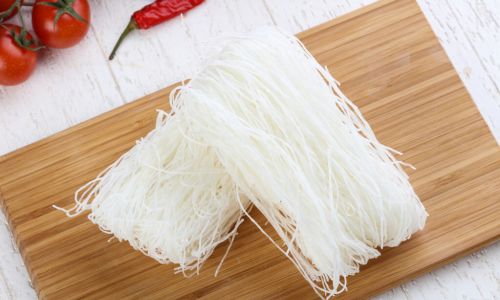
0 comments